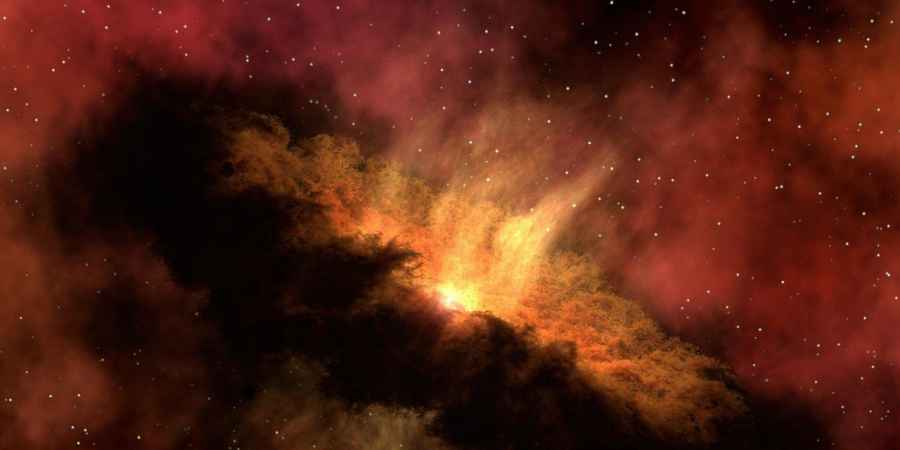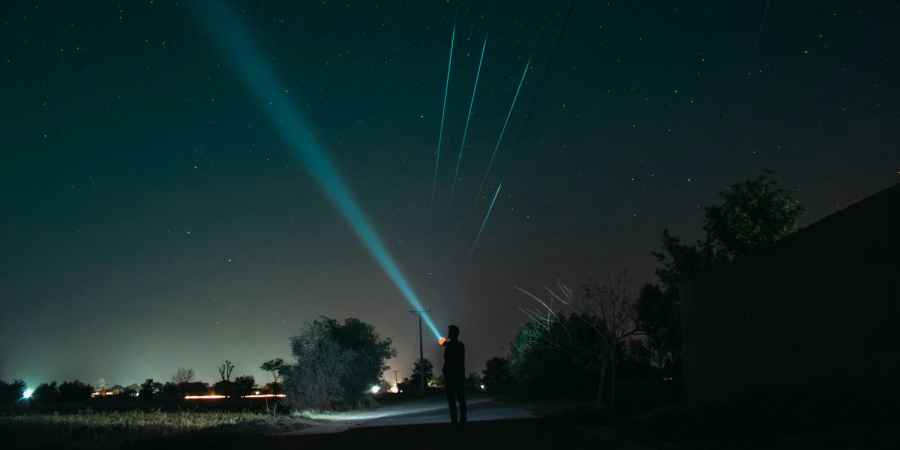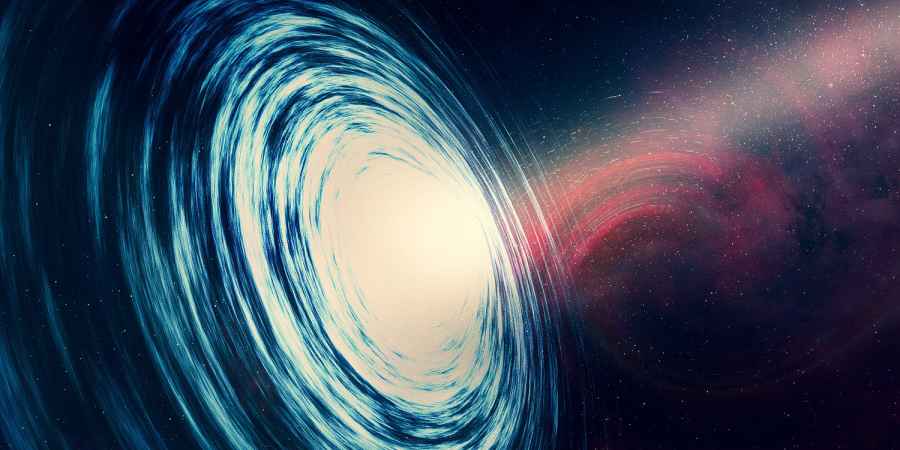A recently published scientific study has caught the attention of space enthusiasts and alien hunters alike. At the centre of it is a strange set of signals detected from a star in the constellation Ursa Major - a star that, in May 2023, briefly flickered in a way scientists say they've never seen before. While some headlines have already leapt to the idea of extraterrestrials, the reality is a bit more nuanced.
The star in question, HD 89389, is about 100 light-years from Earth and slightly larger and brighter than our Sun. NASA-affiliated researcher Richard Stanton spotted something unusual during observations of the star: a pair of identical pulses in its brightness, spaced 4.4 seconds apart. The phenomenon caused the star's light to rapidly brighten, dim, then brighten again - before settling back to normal.
Speaking to Universe Today, Stanton said, "This variation is much too strong to be caused by random noise or atmospheric turbulence." What he found most perplexing is that this effect would be difficult to explain as coming from the star itself. "How do you make a star, over a million kilometres across, partially disappear in a tenth of a second?" he asked. The implication is that whatever is causing the pulses may not be stellar in origin.
Over the following months, Stanton carried out an exhaustive process of elimination. He clocked up more than 1,500 hours comparing the signal to everything from aircraft interference and lightning to meteors, satellites and system faults - with nothing matching the characteristics of the pulses.
The result, published in the journal Acta Astronautica, concludes that there is no obvious conventional explanation. But crucially, it doesn't claim proof of aliens either. Stanton himself is clear on that point: "Until we learn more, we can't even say whether or not extraterrestrials are involved."
While the signal is certainly unusual, it's not the first of its kind. A similar pattern was observed in 2019, this time associated with a hot gas giant called Dimidium, about 50 light-years away. That instance was initially dismissed, somewhat embarrassingly, as the result of birds. It's not yet clear whether the two cases are connected, but both share the same hallmark - a precise, repeated twin-pulse pattern.
The nature of these pulses remains unknown. One theory is that an object may be passing in front of the star, briefly altering its light. Another possibility is that the signal could be the result of diffraction - a bending or distortion of light caused by some unknown intervening object in our solar system. Even Earth's atmosphere was considered as a cause, though Stanton describes that explanation as unlikely.
While the word "alien" inevitably grabs headlines, most scientists would urge caution. A strange signal doesn't mean it was sent by intelligent life - it may simply be a natural phenomenon that we don't yet understand. History is full of similar examples, such as pulsars, which were initially nicknamed "LGM" - short for "Little Green Men" - before being confirmed as rapidly rotating neutron stars.
In this case, Stanton isn't claiming discovery of extraterrestrial intelligence. Instead, he's highlighting something interesting and unexplained, and doing what science does best: documenting it, testing it, and admitting what we don't yet know.
For now, the twin pulses from HD 89389 remain a mystery. Whether the answer lies in strange objects within our solar system, an entirely new kind of astronomical event, or something even more unexpected, one thing is certain - researchers will be keeping a very close eye on Ursa Major.







 See More on Audible
See More on Audible


Comments
Want To Join The Conversation?
Sign in or create an account to leave a comment.
Sign In
Create Account
Account Settings
Be the first to comment.